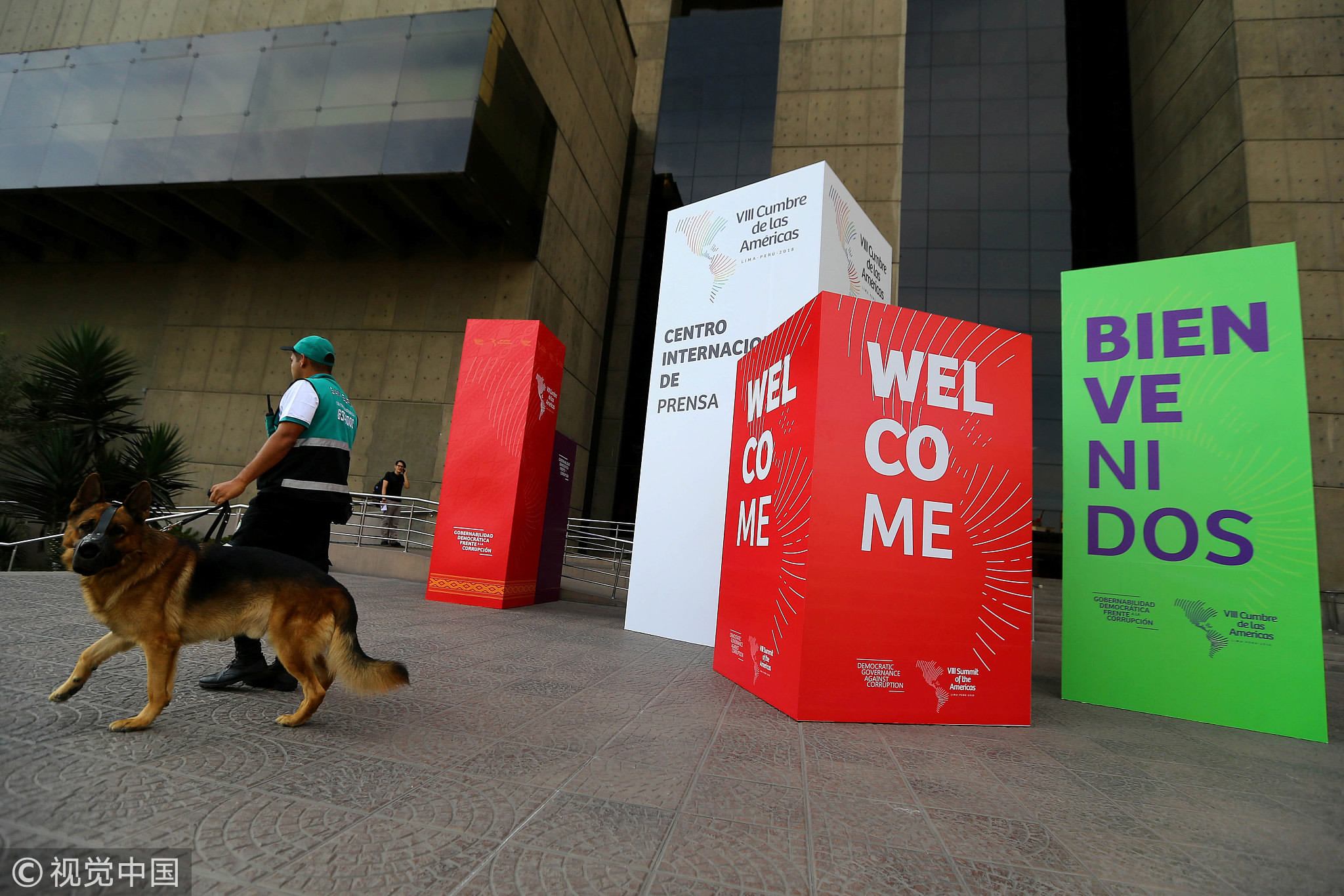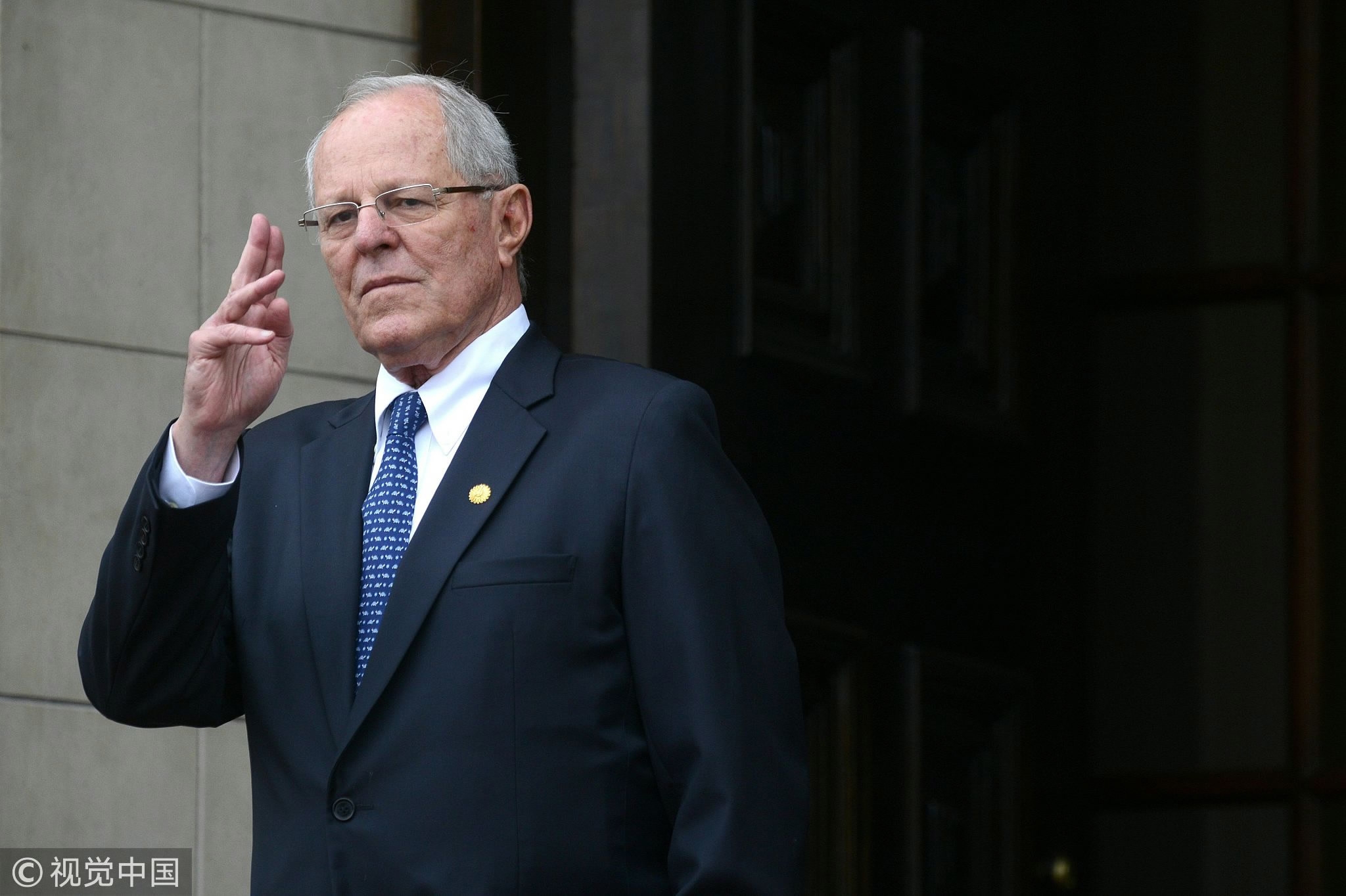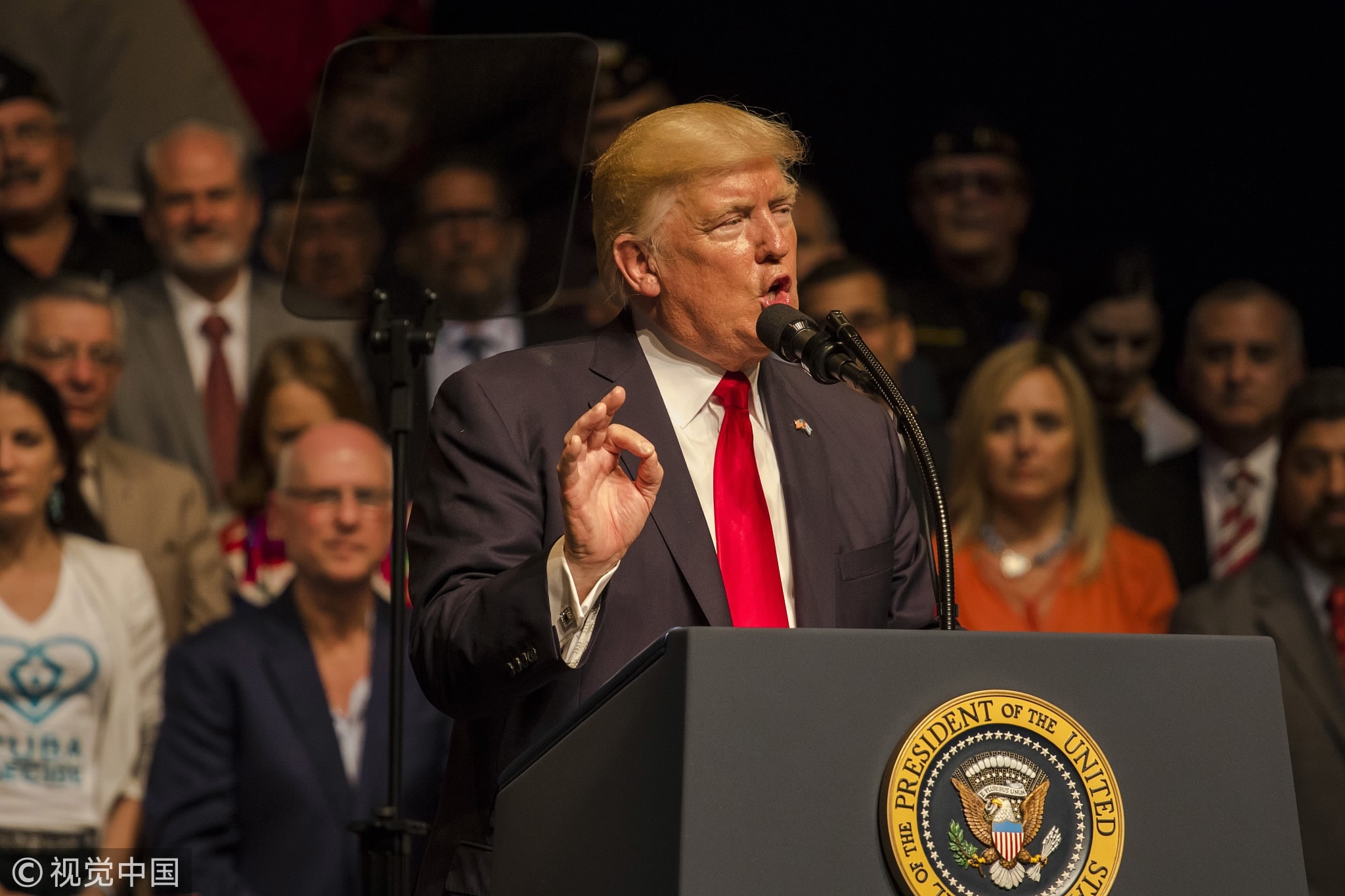
(Photo: VCG)
On March 10, 2018, the White House announced that President Trump would go to Peru to attend the 8th Summit of the Americas on April 13-14. From there he would visit Colombia, a long-term friend of the United States. But one month later, the White House said he would cancel the trip, and Vice President Pence will go instead.
The ostensible reason behind this decision was related to the crisis of chemical weapons in Syria. But some analysts also point out that President Trump needs to stay in the White House to deal with the political troubles in his inner circle.
No matter what the major reason is behind his cancellation, Trump will be the first US president to miss the Summit of the Americas since its inception under president Clinton. It reveals the reality that at best, President Trump has a disinterest in Latin America, and at worst, a disdain.

Security personnel guards the area of the upcoming Summit of the Americas in Lima, Peru, April 10, 2018.(Photo: VCG)
The first Summit of the Americas took place in Miami in 1994. According to its official site, the summit is an institutionalized gathering of the heads of state and government of the Western Hemisphere where leaders discuss common policy issues, affirm shared values and commit to concerted actions at the national and regional level to address continuing and new challenges faced in the Americas.
The theme of the 8th summit is anti-corruption. No one believes that this single event can eradicate corruption in the region.
Ironically, in the host country, its former president, Pedro Pablo Kuczynski, recently resigned before the Peruvian congress could vote for impeachment against him on corruption charges.
And, only several days ago, Luiz Inacio Lula da Silva, the former charismatic left-wing president of Brazil, was thrown into jail, also on corruption accusations.

Peruvian former president Pedro Pablo Kuczynski stands at the doorstep of the Presidential Palace in Lima as he waits to greet his Bolivian counterpart Evo Morales, September 1, 2017.(Photo: VCG)
US-Latin America relations today
As a matter of fact, the international media will watch whether this summit can repair damaged relations between the US and Latin America.
After the terrorist attacks on September 11, president George W. Bush started to focus more on anti-terrorism efforts in the Middle East. Latin America was not happy about the “benign neglect,” even as US president Barack Obama adjusted the US' policies towards Latin America.
Obama normalized US-Cuba relations, and even accepted a gift from Venezuelan president Hugo Chavez, a book by Eduardo Galeano, “Open Veins of Latin America,” during their handshake at the 5th Summit of the Americas in Trinidad and Tobago in April 2009.
No wonder John Kerry, then US secretary of state, claimed in a speech at the Organization of American States on November 2013: "The era of the Monroe Doctrine is over."

Cuban president Raul Castro (R) raises US president Barack Obama's hand during a meeting at the Revolution Palace in Havana, March 21, 2016. (Photo: VCG)
President Trump has abruptly changed the tone of US policy towards Latin America. Early in his campaign, Trump angered many Latin American people by saying that he would build a wall along the US-Mexican border to stop Mexico from sending “rapists” into its northern neighbor. He even asked the Mexican government to pay for the construction of the wall.
For Cuba, President Trump said in a speech in Miami on June 2017 that he was going to “cancel the last administration’s completely one-sided deal with Cuba.” His purpose, as he explained, is to create political transformation on the socialist island.
Regarding Venezuela, the long-term enemy of the US, President Trump told reporters in August 2017 that he was not going to rule out “a military option” after calling the country "a mess." In a bipartisan meeting of senators on immigration, President Donald Trump referred to Haiti, El Salvador, and some African nations as “shithole countries.”
It is everybody’s guess whether or not the 8th Summit of the Americas can offer the US an opportunity to calm down on President Trump’s harsh words and deeds towards Latin America. Many observers, including those in China, are not optimistic about the result.

US President Donald Trump speaks about policy changes he is making toward Cuba at the Manuel Artime Theater in the Little Havana neighborhood in Miami, Florida, June 16, 2017.(Photo: VCG)
The triangulation of China-US-Latin America
Before his trip to Latin America in early February this year, then US secretary of state Rex Tillerson described China as an “imperial power” and warned Latin American countries against excessive reliance on economic ties with China.
This kind of accusation is groundless, but both China and the US should think about the possibility of joining hands in developing relations in Latin America so as to set up the so-called triangulation.
In its second policy paper towards Latin America, published in November 2016, China expressed willingness and interest in cooperating with partners to open up the Latin American market. The US should not revive the outdated Monroe Doctrine.
Rather, it needs to work hand in hand with China to set up joint ventures in Latin America or undertake any other forms of trilateral cooperation. If successful, the triangulation would be a win-win-win for China, the US, and Latin America.


